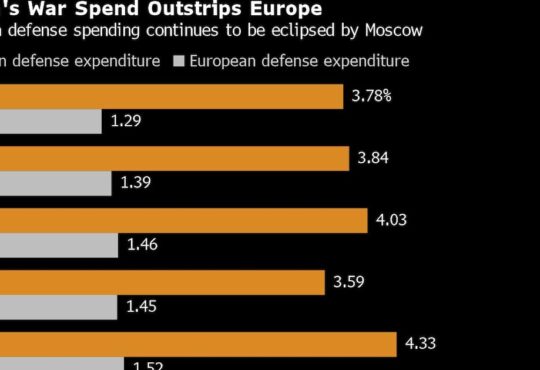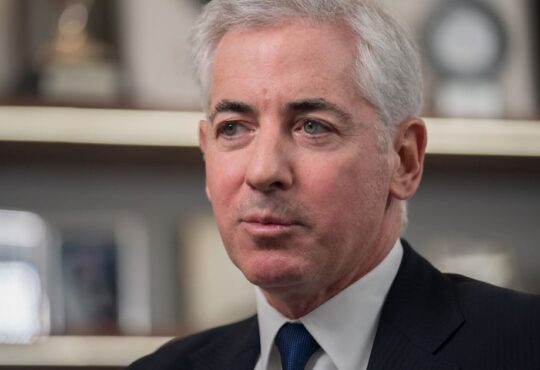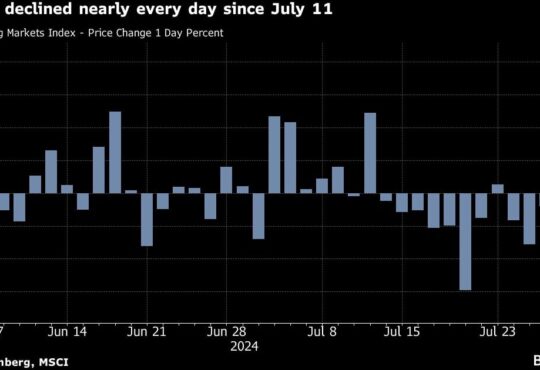
Everyone likes a good competition—except when it’s hammering the stock market.
With yields rising, stocks have real competition from bonds in a way they haven’t for a decade and a half. The yield on the 10-year U.S. Treasury note hit 4.25%, up 0.3 points since the start of August and near its highest since 2007. That’s a nice payout, especially with stocks appearing pricey. It’s a big reason the
fell 2.2%, the
lost 2.1%, and the
dropped 2.6% this past week.
There are several forces behind the recent move higher in yields. Some are largely technical: U.S. Treasury issuance has been larger than normal this month, the Bank of Japan just allowed yields to drift higher, and the credit-ratings firm Fitch downgraded the U.S. sovereign rating on Aug. 1.
Others are more fundamental, tied to ever-evolving expectations of Federal Reserve policy. In the past week, stronger-than-expected retail sales, housing starts, and industrial production data propped up the case for a soft landing for the U.S. economy—the Atlanta Fed’s GDPNow tool projects 5.8% gross-domestic-product growth during the third quarter. There’s a downside to that strength. Stronger growth could fuel inflation, prompting the Fed to raise interest rates higher or hold them at restrictive levels for longer—both pushing up bond yields.
And it’s not just nominal bond yields that are up lately. Real yields—adjusted for inflation—have been steadily climbing as rates rise and inflation decelerates. The yield on 10-year U.S. Treasury inflation-protected securities was negative until May of last year. It touched 2% on Friday, its highest level since 2009. That’s an attractive-enough after-inflation yield for many investors, and it presents more competition for stocks, especially those with high valuations.
Advertisement – Scroll to Continue
“Creditors deserve to make a living, too,” says James Grant, editor of Grant’s Interest Rate Observer. “It is terrific for savers, of course, and not so terrific for people who have positioned themselves in the expectation that the negative real yields of recent years would persist.”
Today’s yields will look particularly attractive should signs of peaking inflation and slowing growth return, which would lower the odds of continued Fed tightening and push down both real and nominal yields. And bonds at today’s levels stand to enjoy a decent capital gain should the situation worsen more significantly, prompting a recession scare, Fed cuts, and a flight to safety in fixed income.
Stocks, though, could be caught in a lose-lose situation. Rising yields will hurt valuations, but a slowdown in the U.S. or elsewhere—China’s economy seems particularly concerning—could also cause the S&P 500 to slide. A lot may also depend on how earnings from
(ticker: NVDA), which sparked the AI boom, turn out when it reports Wednesday.
Advertisement – Scroll to Continue
But those appear secondary to the speech Fed Chairman Jerome Powell is set to give at Jackson Hole this coming Friday. His words alone could determine whether yields keep rising—and stocks keep falling. “Equity markets will remain under pressure while the 10yr is increasing,” writes Dennis DeBusschere, chief market strategist at 22V Research.
Meanwhile, bond yields should continue to attract some real interest.
Write to Nicholas Jasinski at nicholas.jasinski@barrons.com






